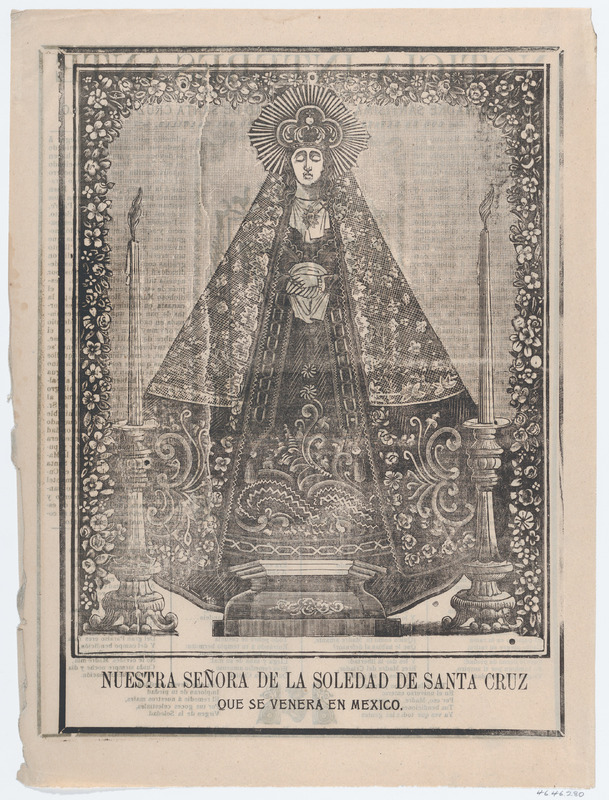Introduction
Since the Virgin Mary’s introduction to the Aztecs in 1521 by Spanish conquistadors she has become a vital part of the colonization story of the Mexica people. Her role in Spain's conquest of the Aztec Empire was born from Spanish popular religion. Popular religion is the experience of religion by people outside of the formal practices conducted by the clergy. In popular religion religious figures take on meanings and understanding which transcend how they are understood in the Bible. The Virgin Mary has always been a figure defined by her role in popular religion because of her limited appearances in the Bible. These understandings of the Virgin have mainly been formed by the Marian Cult which gained popularity approximately three centuries after the rise of Christianity. In order to understand the role that the Virgin Mary plays in Mexican Catholicism and culture we must look at the beliefs that the Spanish brought with them along with the religious practices of the Aztecs. The combination of the two led to the creation of Our Lady of Guadalupe who became a figure of both oppression and liberation within Mexico. Tracing Our Lady of Guadalupe through time we see she was a key player in the forced conversion of the Indigenous population and later became one of the most prominent symbols of independence in Mexico. For the scope of this exhibit we will specifcally be looking at Tenochitlan, now Mexico City from 1521 into the modern era.
Curatorial Statement
As someone who grew up in a border community Our Lady of Guadalupe was an ever present image in everyday life. She was everywhere from the hallways of friend’s homes, to shrines that were scattered along the roads of my hometown. I did not grow up in a religious family but we would attend a Catholic Mass for Christmas which was where I was first formally introduced to Guadalupe. I remember being six years old and being completely captivated by the reenactment of the Juan Deigo story which was unusual since I normally found church quite dull. This experience inspired an interest in the role of the Virgin Mary in Mexican Catholicism and how she impacted borderland culture. It is for these reasons that in this exhibit I wanted to focus on a more or less chronological timeline for her rise as a national symbol. I also wanted to show how Our Lady of Guadlupe was a product of both Catholic and Aztec beliefs. With the objects that I selected I wanted to demonstrate the range of ways that her image is used and the contexts that it is used in. From paintings such as the one by Nicolás Enríquez to mass produced consumer goods like the paper cut showing her apperation to Juan Diego. By using these objects I also want to show how religious figures are interacted with by the general public. Such as the creation of ex votos to show personal devotion like Jose Maria Martinez in Prison Praying to the Virgin of Remedies of Mexico and objects of mass production like the card and cloth showing Our Lady of Guadalupe. I want my visitor to take away how large of a role popular religion can play in the way we think about certain religious figures. I also want my viewer to take away the idea that nationalism is not a shared experience and that it often represents the perspective of one group of people.
-Raven Burns
